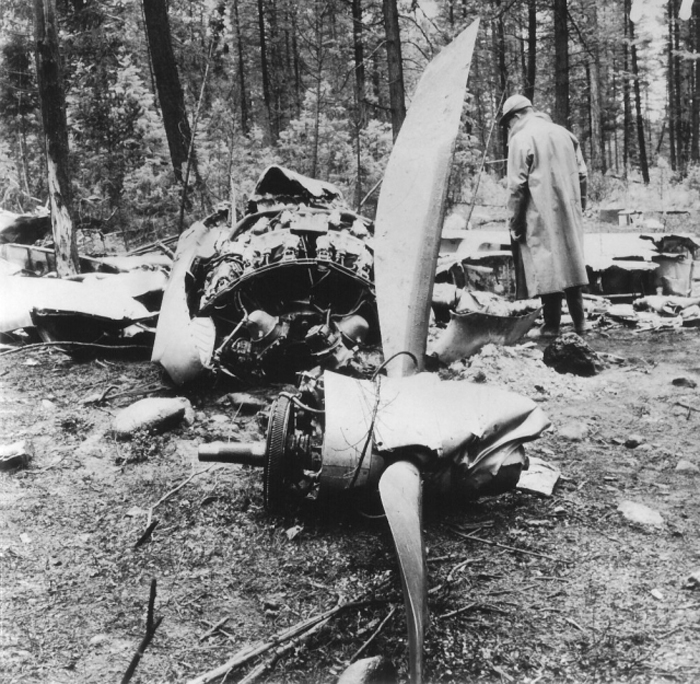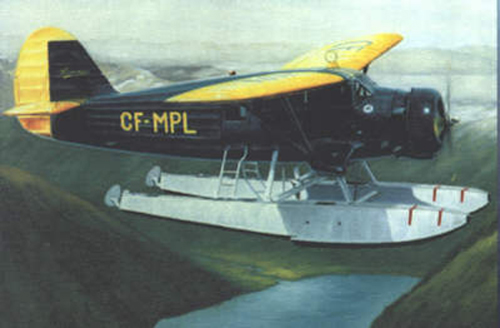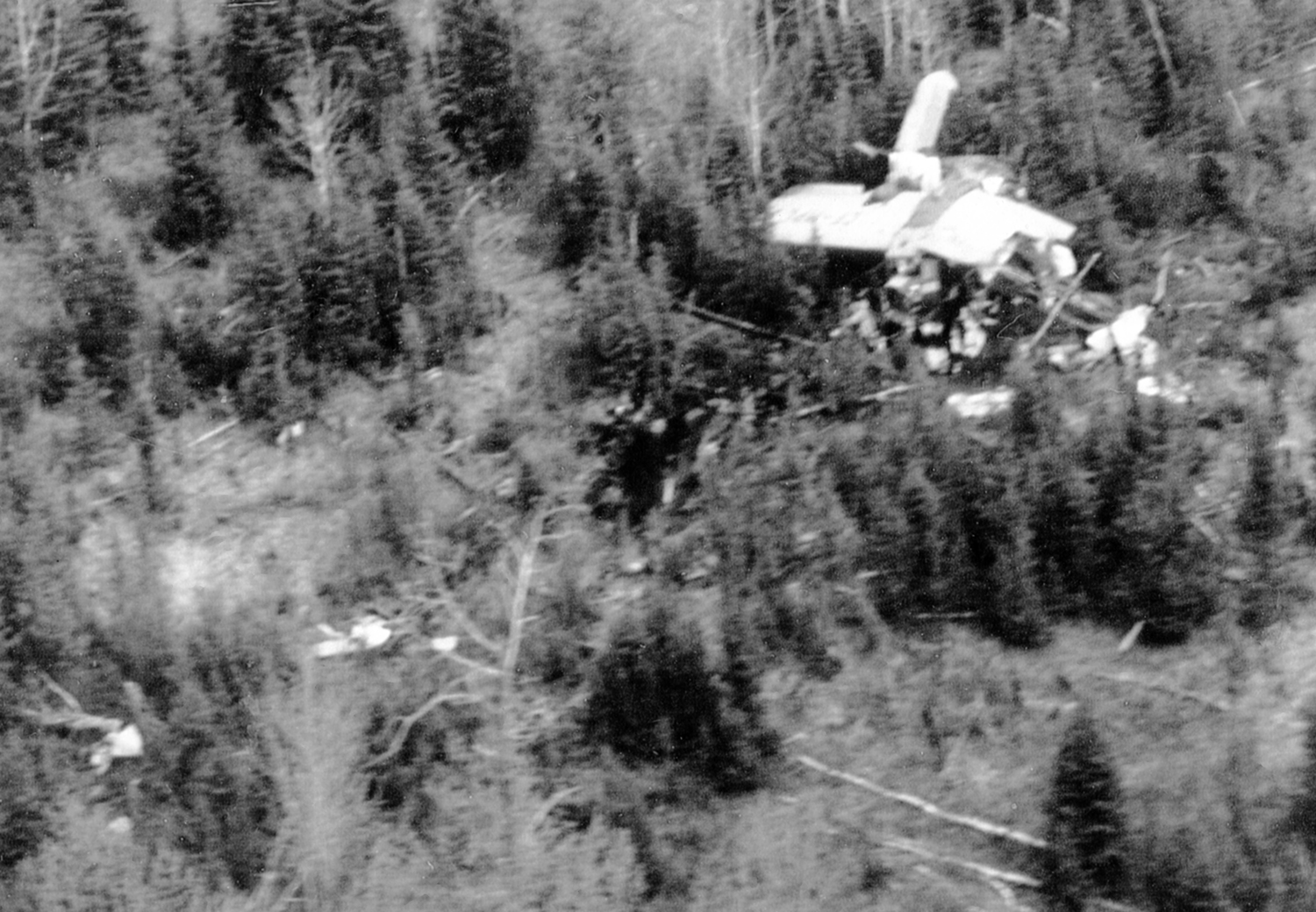Crash of a Lockheed CC-130B Hercules in North Battleford
Date & Time:
Apr 15, 1966
Registration:
10304
Survivors:
Yes
Schedule:
Rivers - North Battleford
MSN:
3590
YOM:
1960
Crew on board:
0
Crew fatalities:
Pax on board:
0
Pax fatalities:
Other fatalities:
Total fatalities:
0
Circumstances:
On a flight from Rivers AFB, Manitoba, to North Battleford, a technical failure occurred on the front cargo door that detached in flight. The crew decided to reduce his altitude and to attempt an emergency landing. The aircraft eventually completed a belly landing in a field located near North Battleford, slid for several yards and came to rest. There were no injuries among the crew while the aircraft was considered as damaged beyond repair. After the accident, the engine number one could not be stopped, probably after being hit by debris.














